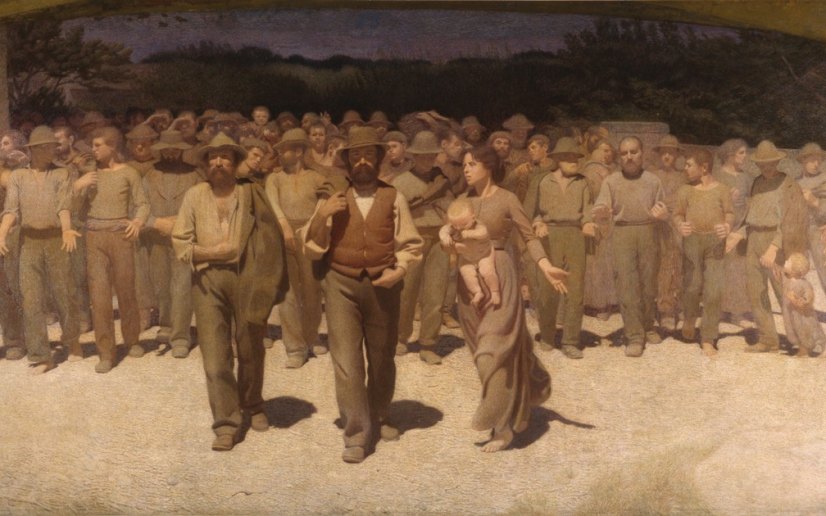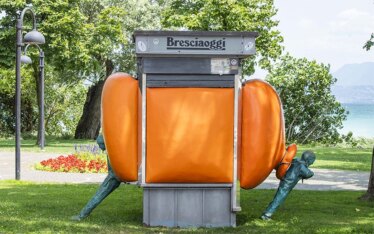May 1st, the great works of art that celebrate work and workers
Many artists have denounced with their works the conditions in which the workers lived in different eras

The Labour Day is celebrated on May 1 of each year in many countries of the world to remember the commitment of the trade union movement and the achievements of the workers in the economic and social field.
The festival recalls the struggles of the workers, in particular those aimed at the conquest of a precise right: the daily working time fixed in eight hours. The origin of the Festival dates back to an event organized in New York on September the 5th, 1882 by the Knights of Labor, an association founded in 1869.
Two years later, in 1884, in a similar event the Knights of Labor passed a resolution that the event should have an annual frequency.
Before this important date many artists denounced through their works the exploitation and the conditions in which the workers lived in the different epochs.
We propose 4, some more are presented in the SPECIALE FESTA DEL LAVORO di Libreriamo. (article in italian only)
The Third-class Carriage del pittore francese Honoré Daumier
National Gallery of Canada di Ottawa
In the style of Honoré Daumier, who made his art an instrument of political struggle, this painting of 1862, denounces the social conditions of the poorest classes and underlines the clear gap between the weak, Tired women and children close-up and the powerful in the back seats.
The potato eaters del pittore olandese Vincent Van Gogh
Museo Van Gogh di Amsterdam
Inside a poor room, some peasants who eat the evening meal using a single plate of potatoes, while one of them is pouring coffee. Van Gogh is very attached to this subject as he feels like one of them. Even peasants like him suffer and he finds it unfair that despite all their efforts and sacrifices they must live so miserably.
Il quarto stato del pittore italiano Giuseppe Pellizza da Volpedo
Museo del Novecento di Milano
L’opera, divenuta manifesto della lotta operaia, rappresenta la conclusione di un percorso dell’autore attraverso numerosi dipinti tutti riguardanti il medesimo tema, ovvero lo sciopero dei lavoratori. Quest’opera è un simbolo della società del XX secolo, poiché essa rappresenta lo sciopero dei lavoratori e simboleggia non solo la protesta sociale ma l’affermazione di una nuova classe sociale, il proletariato, che diventa consapevole dei propri diritti nei confronti della società industriale.
The Anatomy Lesson of Dr Nicolaes Tulp del pittore olandese Rembrandt
Museo Mauritshuis dell’Aia
Dr Tulp’s gesture is very similar to that of a painter holding the brush between his fingers. Rembrandt emphasizes the technical and challenging similarities between medicine and painting, and wants to be a praise for both.
All the suggestions of #I STAY AT HOME but I don’t give up the culture (article in Italian only)









